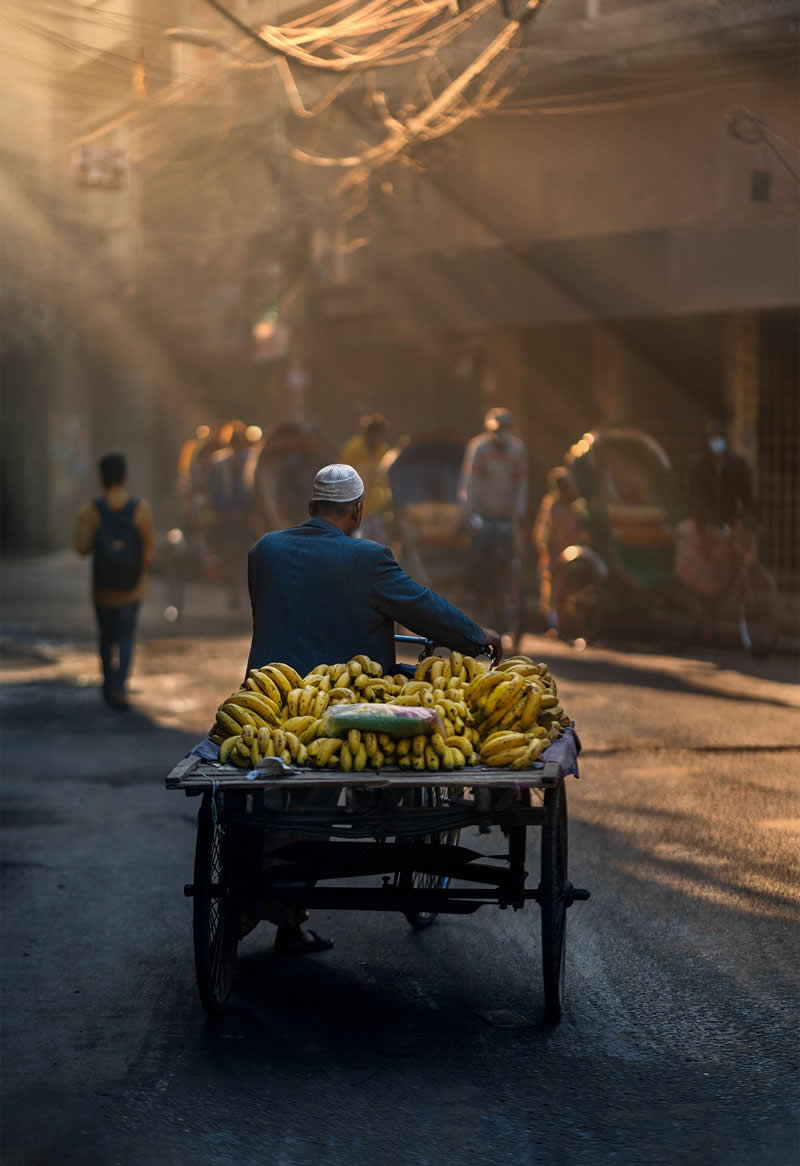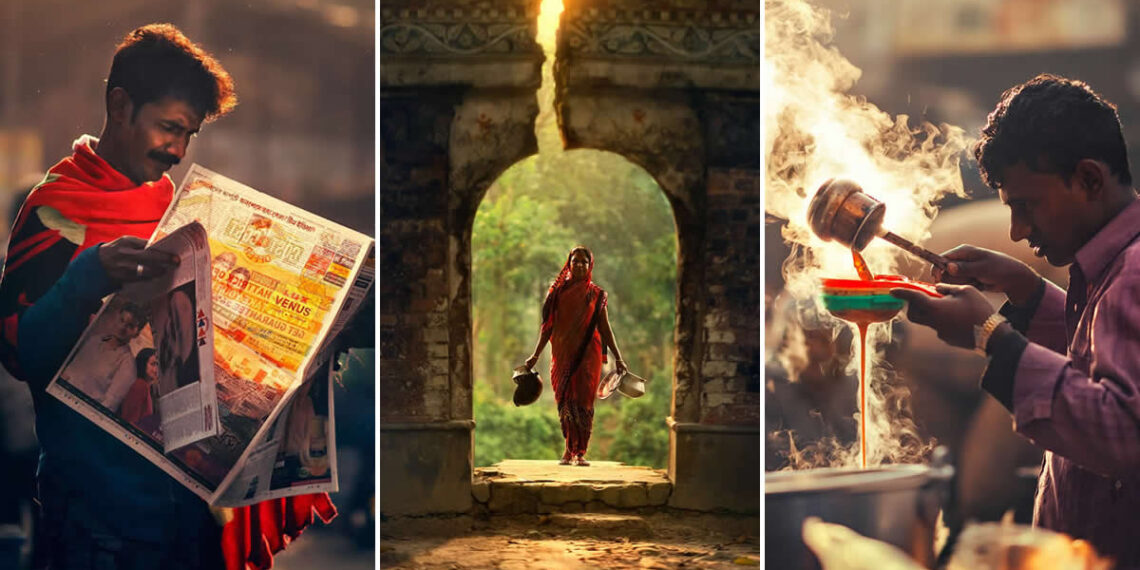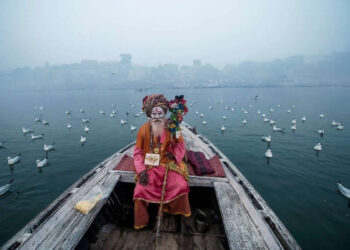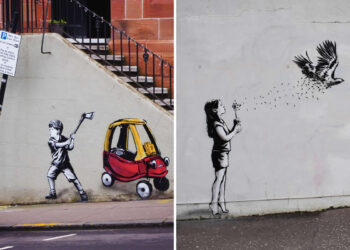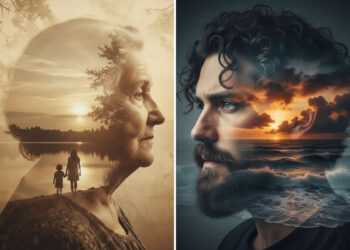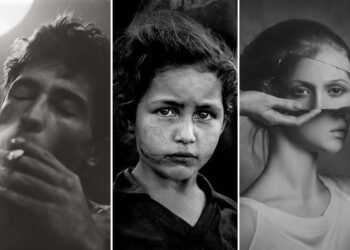Light is the real MVP of photography—no cap. And award-winning Bangladeshi travel photographer Ashraful Arefin proves it with every single frame he shoots. His collection of 25 enchanting street photos isn’t just a visual snack; it’s a full-course masterclass on how light shapes mood, color, emotion, and storytelling. Whether he’s chasing the soft warmth of sunrise, the fiery glow of sunset, or those unexpected rays slipping through city alleys, Ashraful turns everyday life into straight-up magic.
Walking through these photos feels like cruising through the streets at golden hour, vendors setting up their morning stalls, people strolling in vibrant clothes that glow when the sun kisses them, buildings catching that perfect shade, and shadows stretching out like they’ve got their own stories to tell. His compositions are clean, his framing is tight, and his sense of timing is ridiculously on point.
What makes Ashraful stand out isn’t just his technical skills—it’s the way he uses light like a character in the story. He doesn’t rely on fancy props or staged moments. Instead, he watches the streets breathe, waits for that exact second when the light hits a face, a corner, a color, or a gesture just right, and then boom—he freezes a moment that feels alive.
These photos are more than pretty visuals; it teaches a whole lesson on why photographers obsess about light. Ashraful shows how light elevates architecture, reveals textures, enhances colors, and brings life to people going about their day. It’s street photography, sure—but powered by the kind of light that makes you pause, rewind, and stare again.
You can find Ashraful Arefin on the Web :
#1
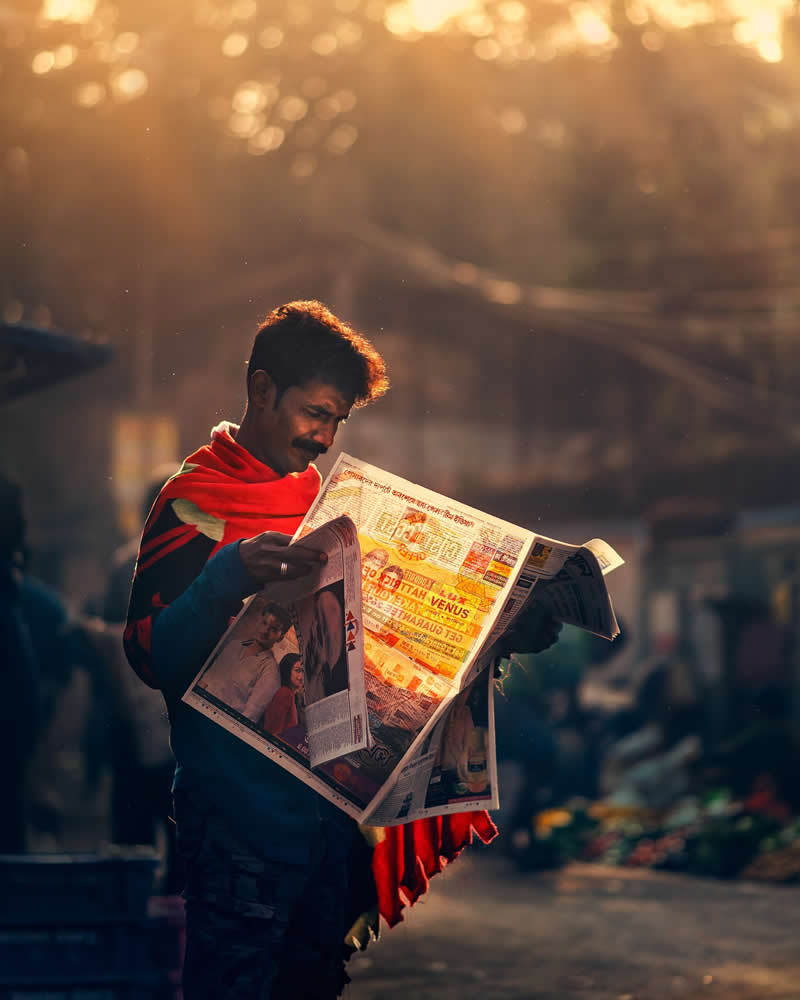
#2
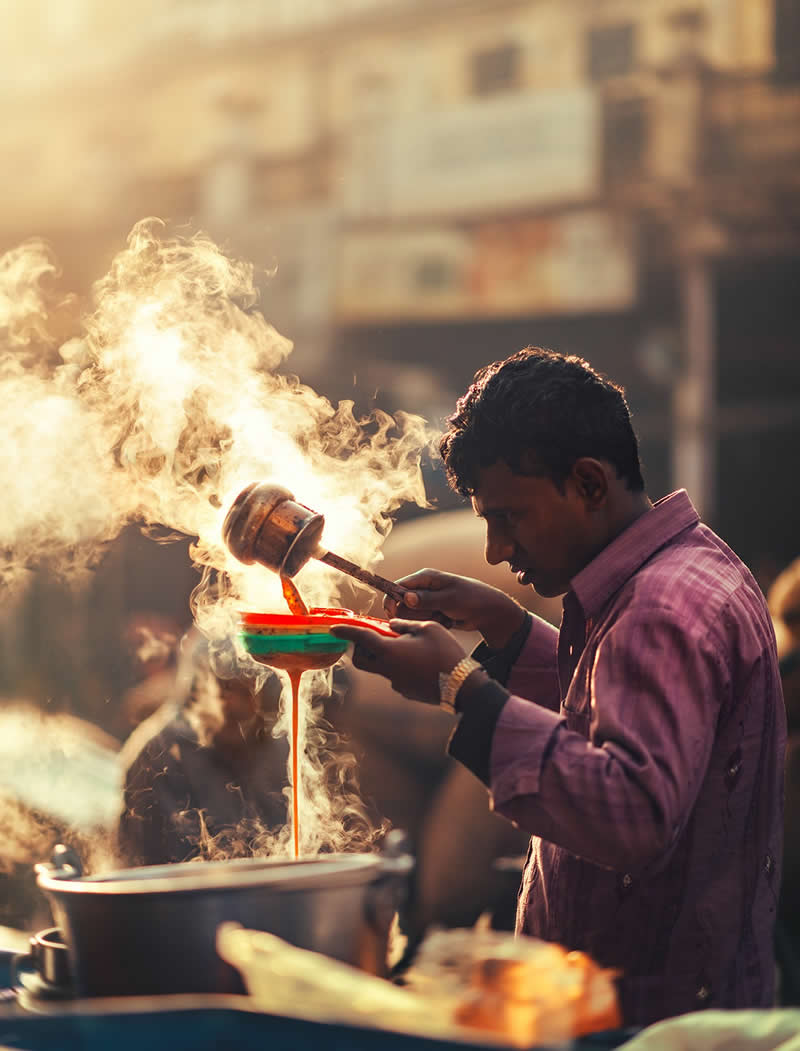
#3
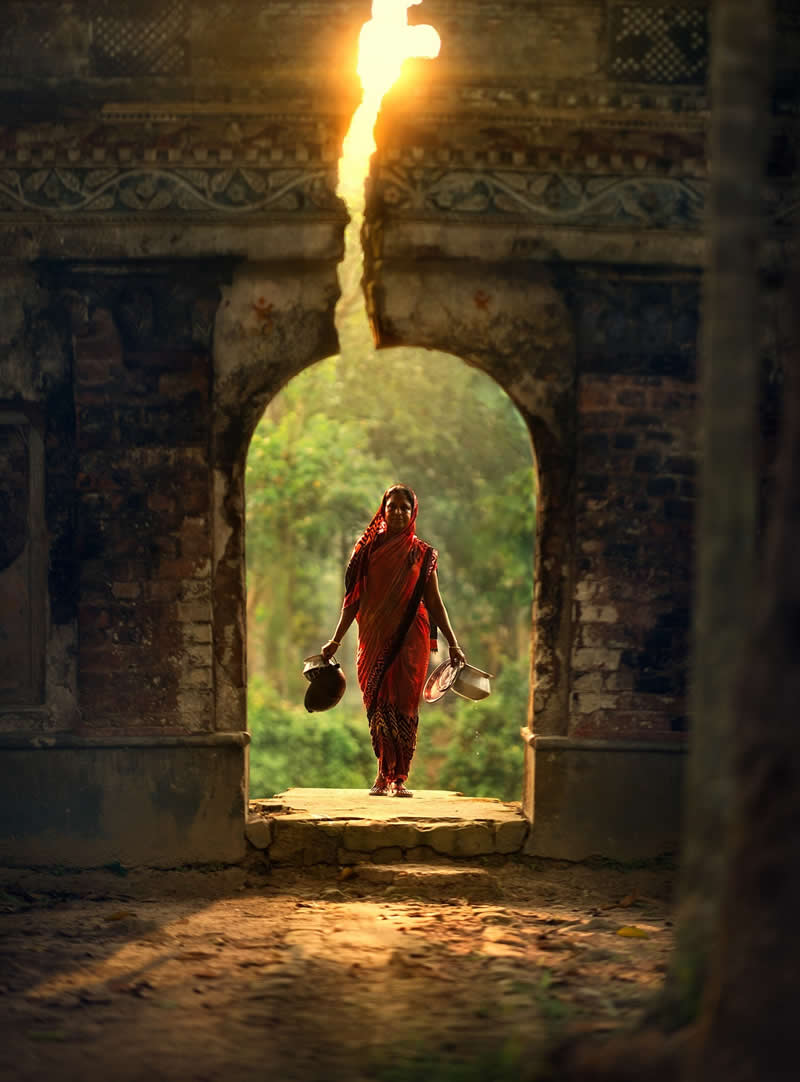
#4
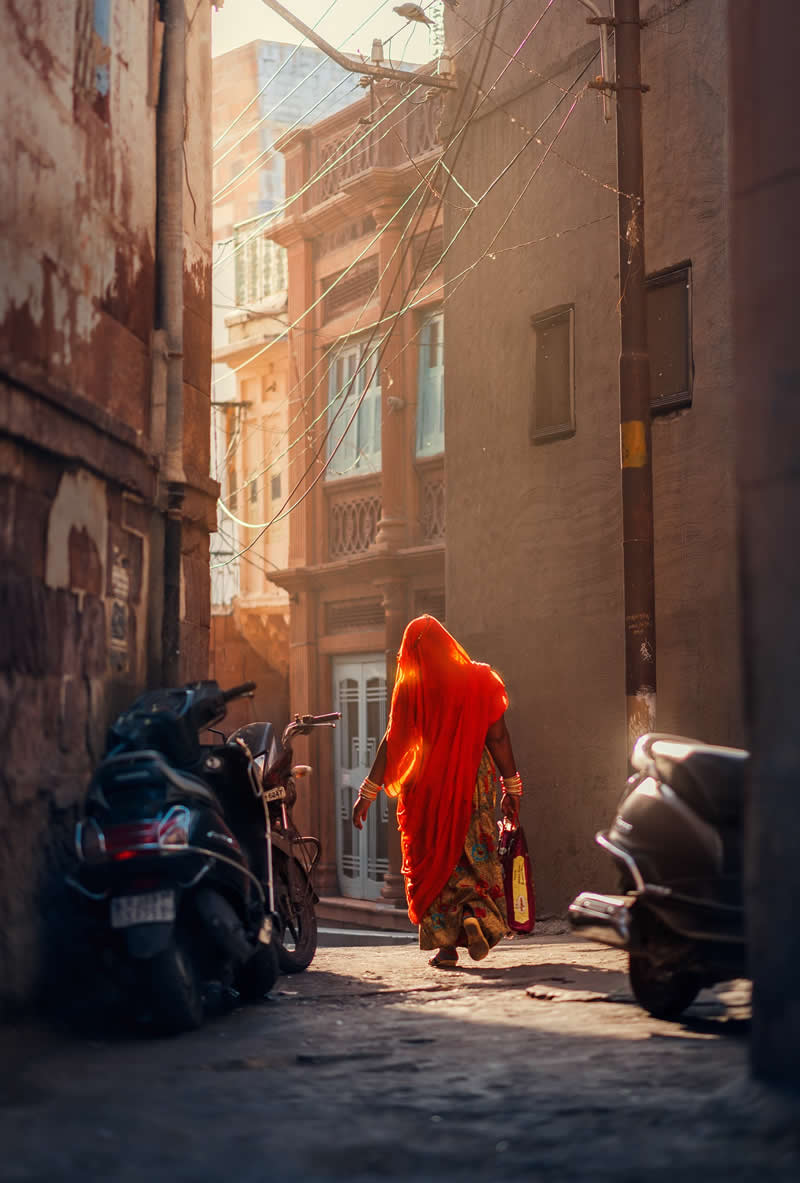
#5
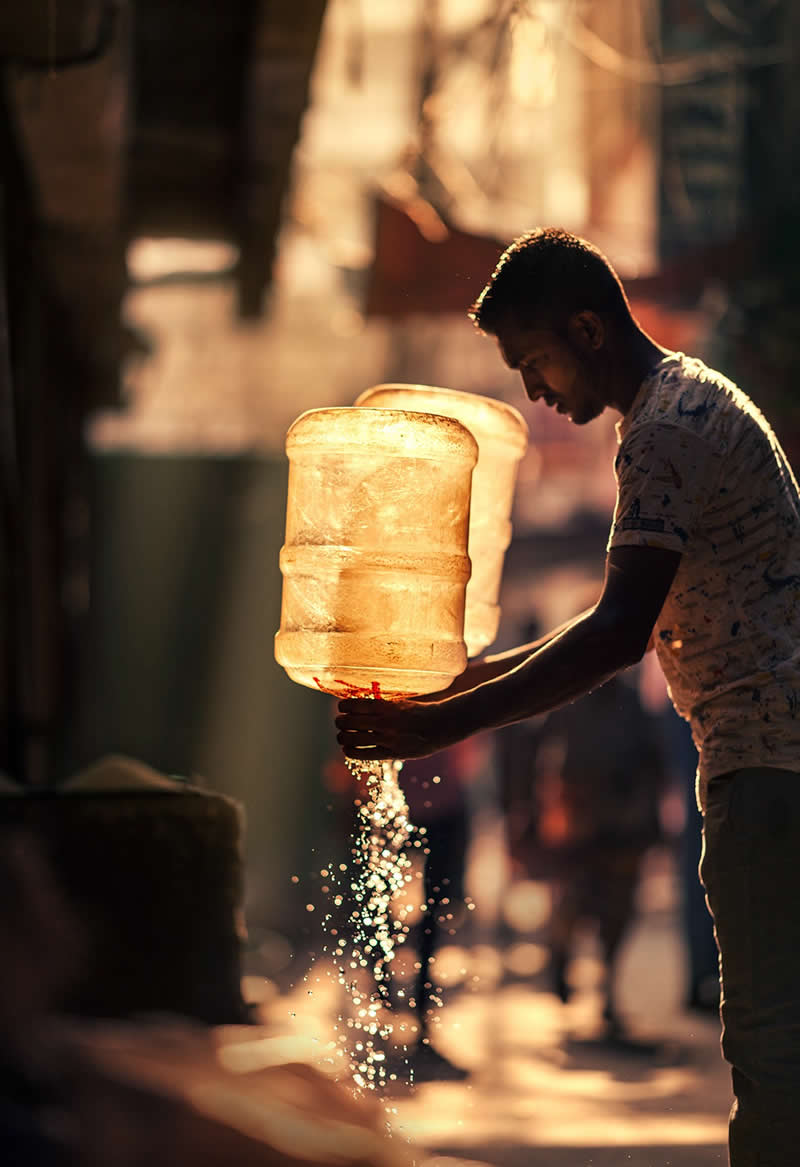
Light as the Ultimate Storyteller
In Ashraful Arefin’s world, light doesn’t just illuminate—it narrates. From the crack of dawn to the last glow of sunset, he lets natural light guide the emotional tone of every shot. Soft, misty sunrise light creates a calm, dreamy vibe, while sharper afternoon rays carve strong contrasts that feel bold and dramatic. Ashraful treats light like a language, translating everyday scenes into visual poetry.
Street vendors bathed in golden warmth instantly feel hopeful; a pedestrian walking through narrow lanes under streaks of light feels almost cinematic. This storytelling approach is why his photos hit different—they’re not staged, yet they feel intentional. The light chooses the mood, and Ashraful simply listens. Every highlight and shadow is placed with purpose, teaching us that photography isn’t just about clicking—it’s about waiting for the moment when light itself starts talking.
#6
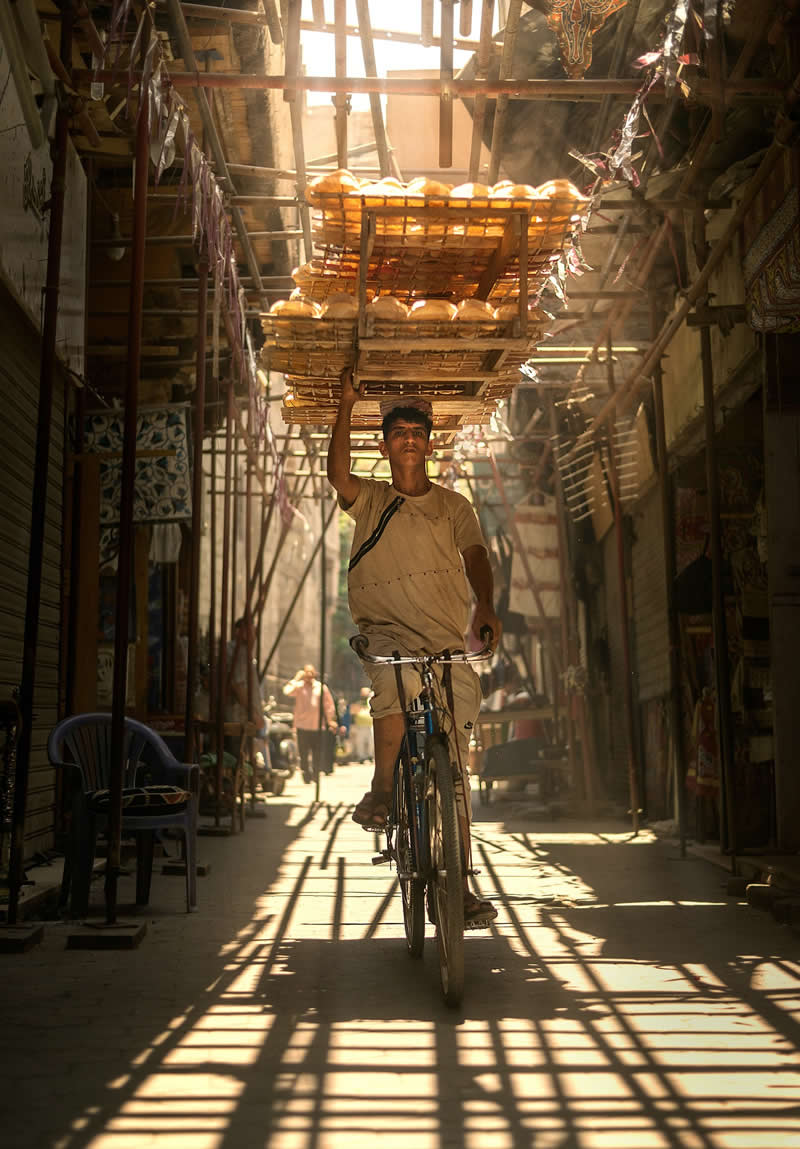
#7
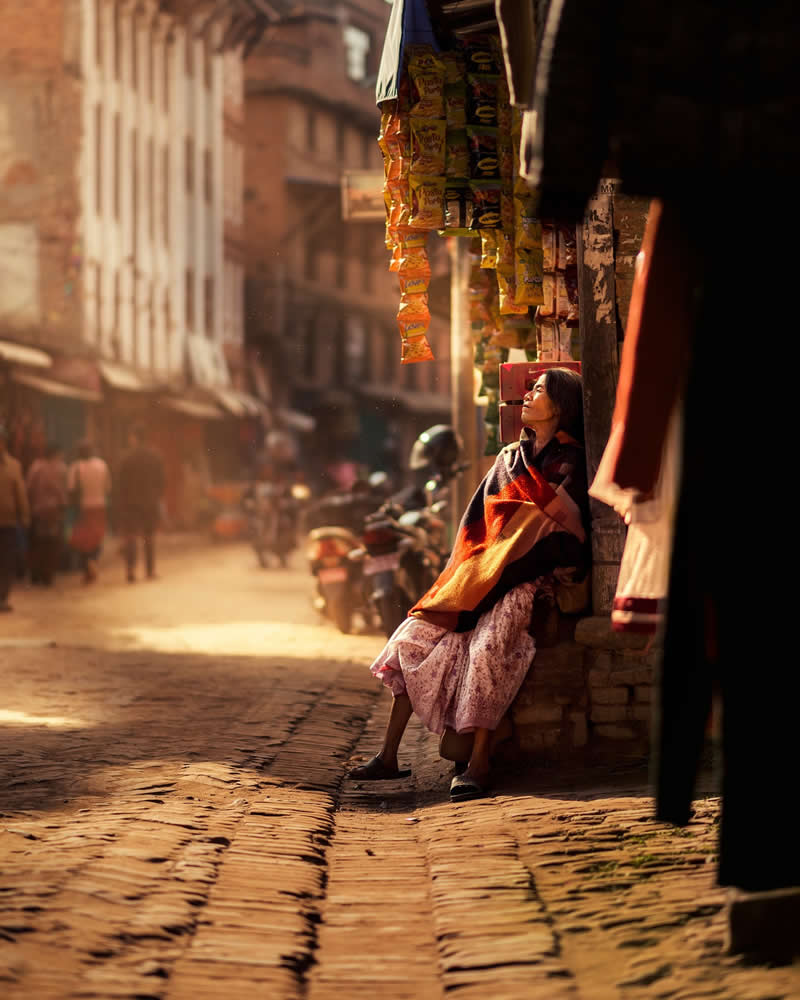
#8
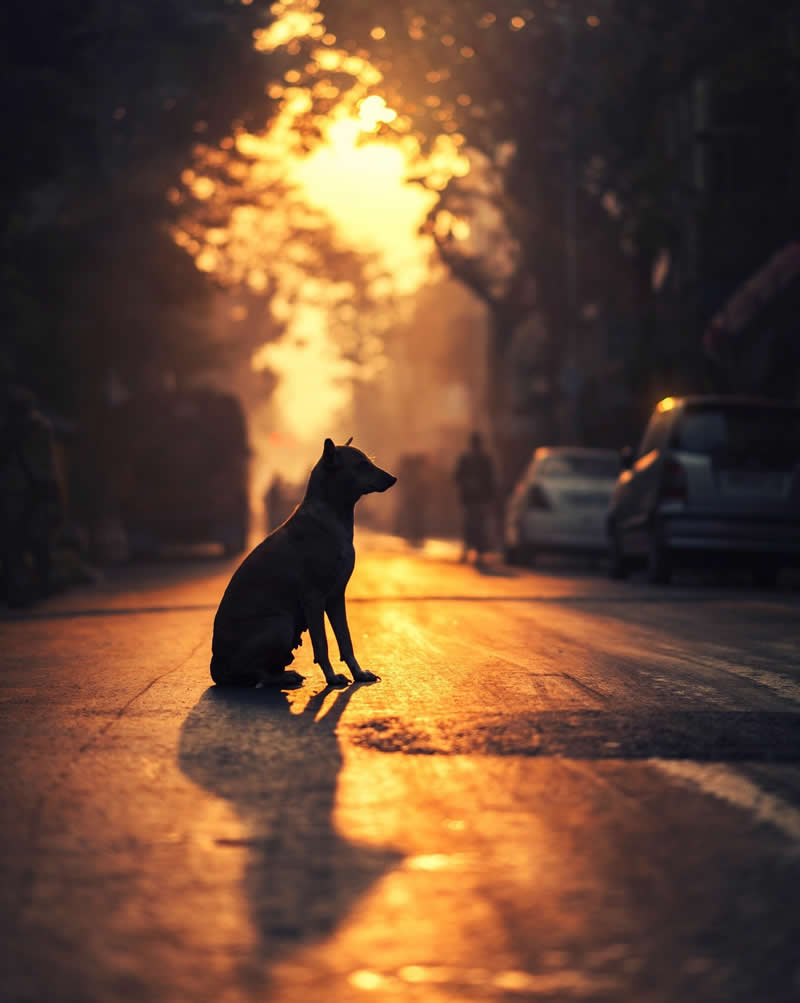
#9
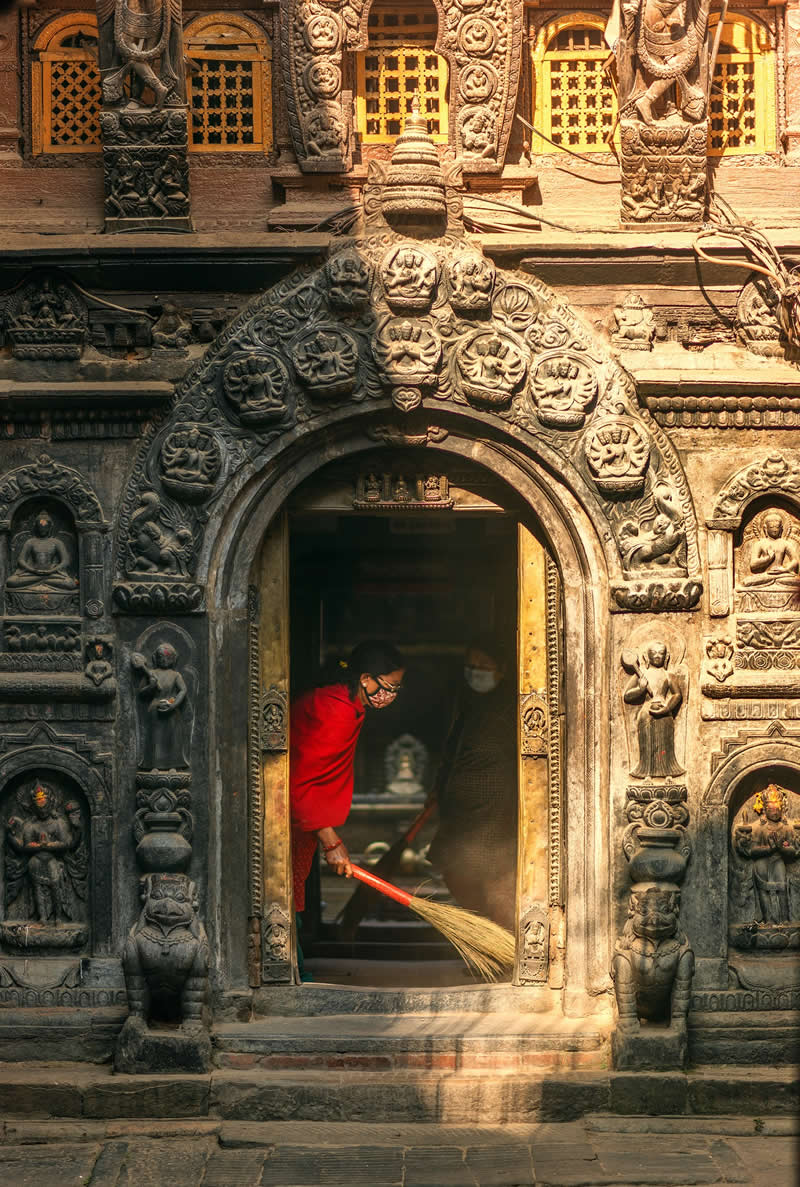
#10
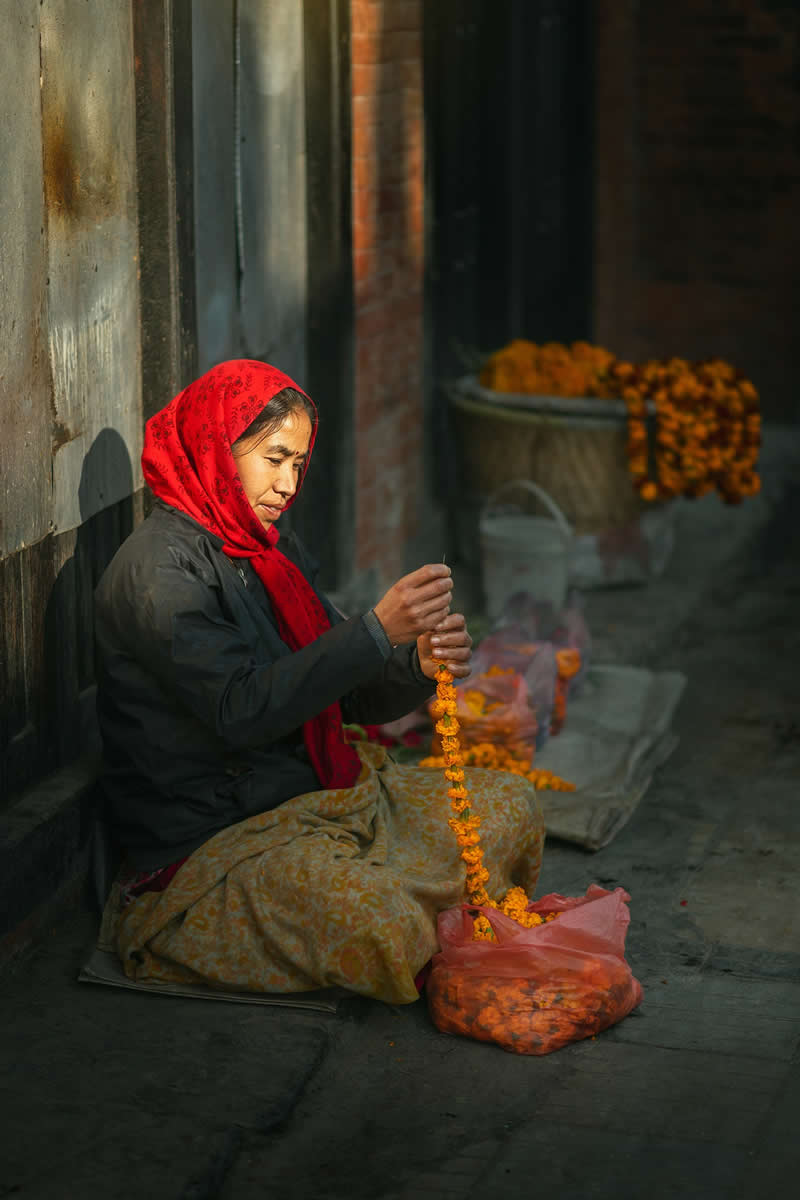
How Light Elevates Color and Everyday Life
Color and light go together like peanut butter and jelly, and Ashraful knows exactly how to blend them. His street photos explode with vibrant clothing, reflective surfaces, and bold backgrounds—but they never feel chaotic. Instead, the light brings harmony and focus. A red sari glows brighter under morning rays. A teal wall turns magical at golden hour. Even dusty street corners feel alive when kissed by sunbeams.
Ashraful uses light to amplify the personality of everyday life—kids running, men chatting, women carrying goods, food carts sizzling. It’s all ordinary stuff, yet the lighting transforms these moments into scenes that feel rich and cinematic. This is where his skill shines: he doesn’t impose beauty on the streets; he reveals the beauty already there, just waiting for the right light to expose it.
#11
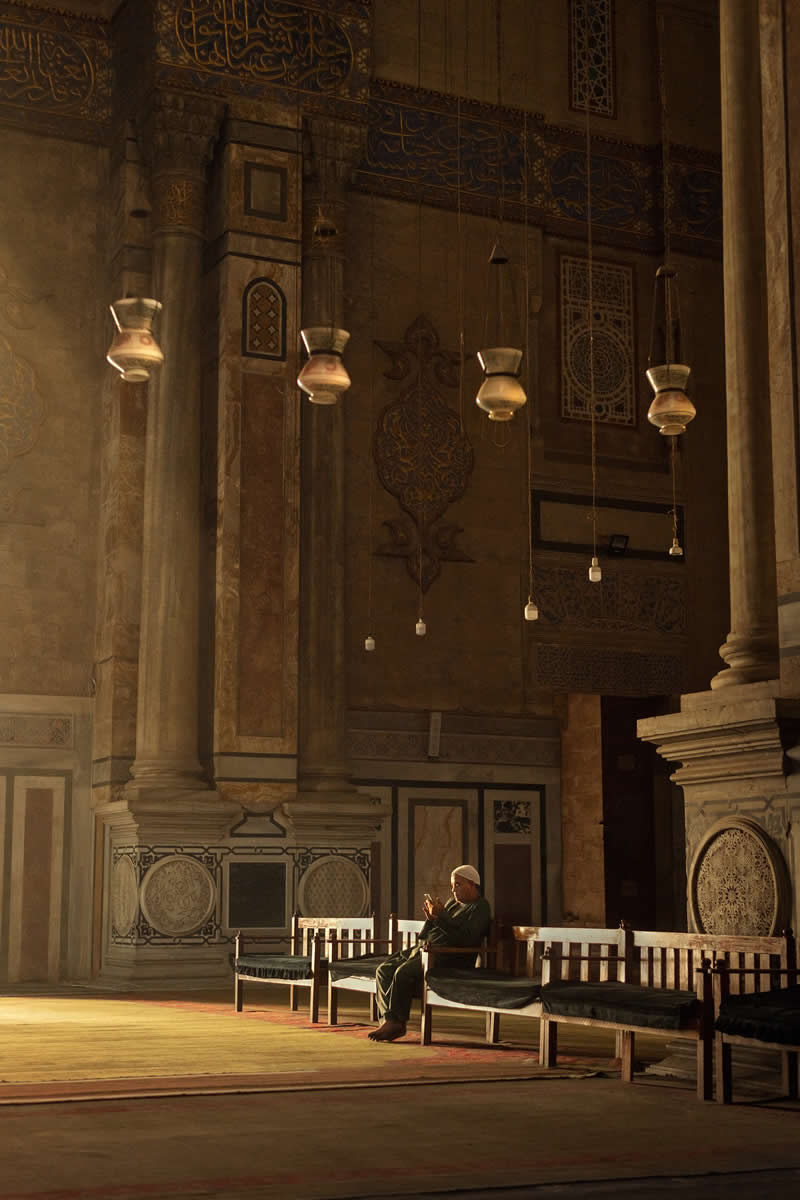
#12
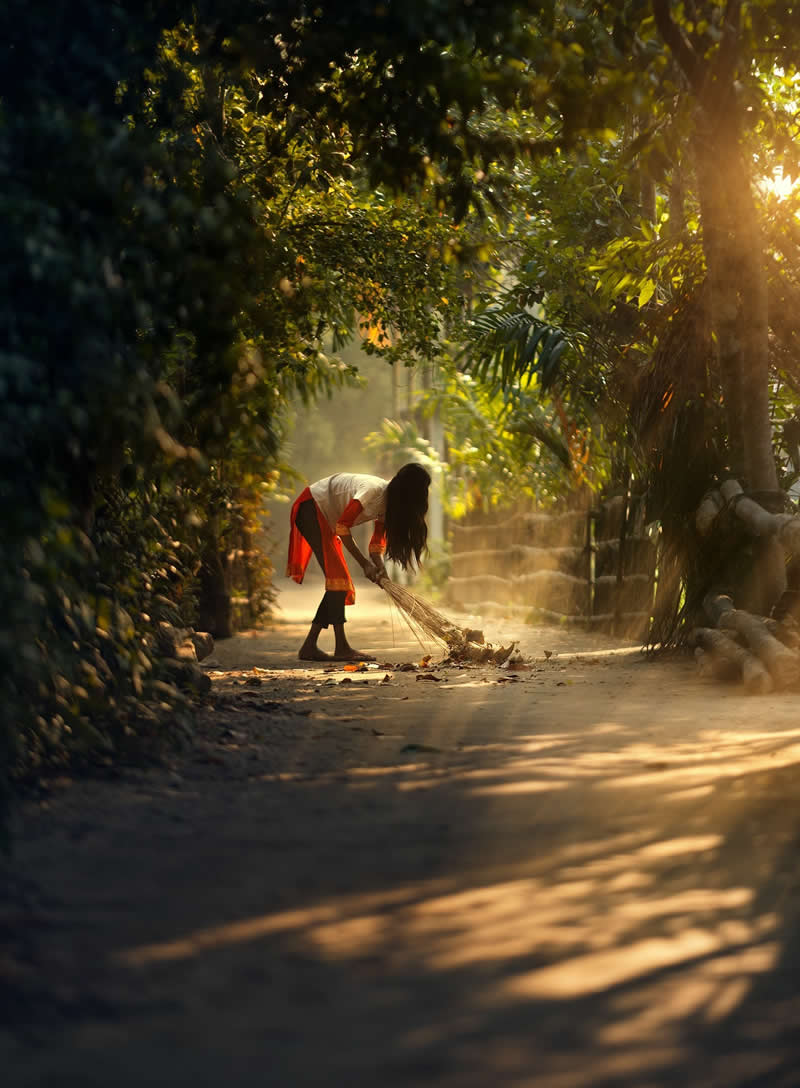
#13
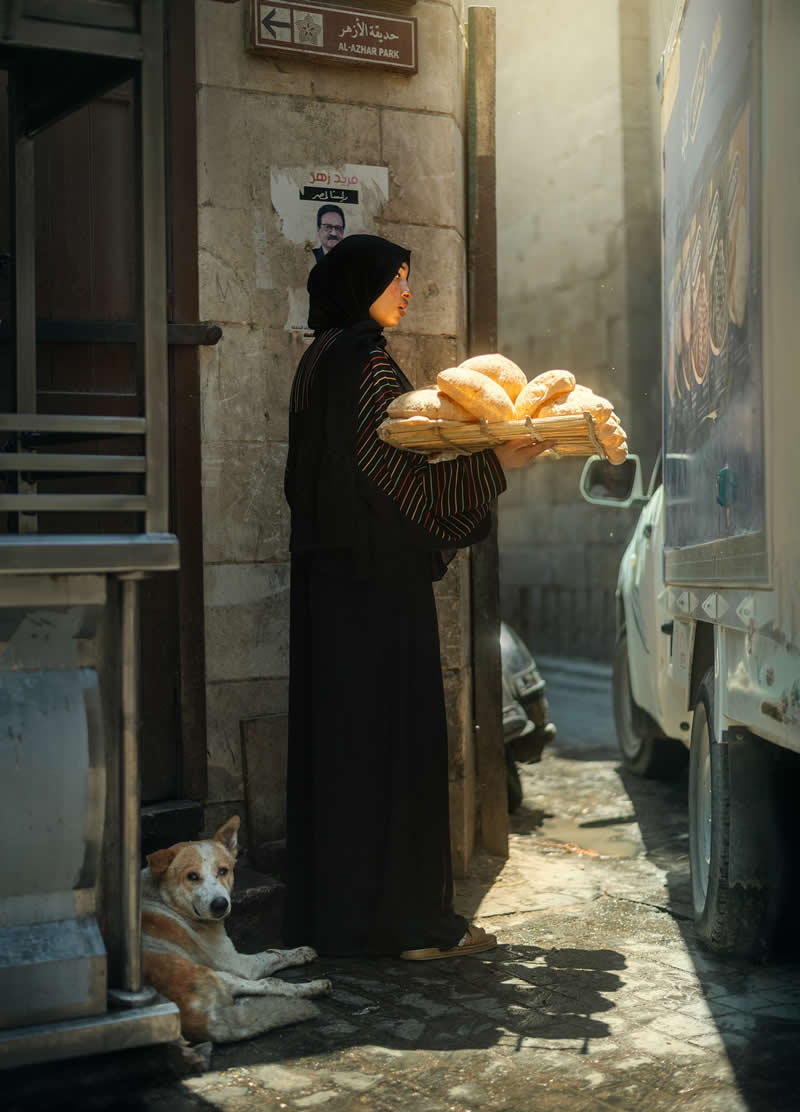
#14
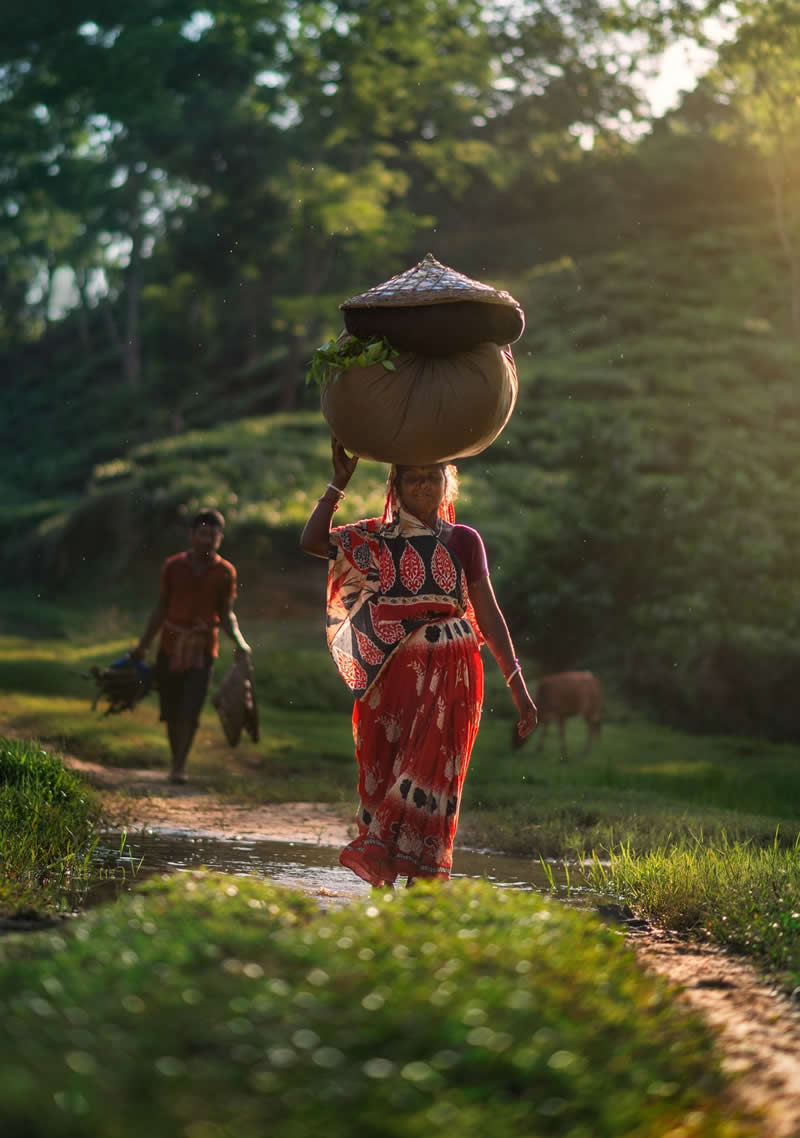
#15
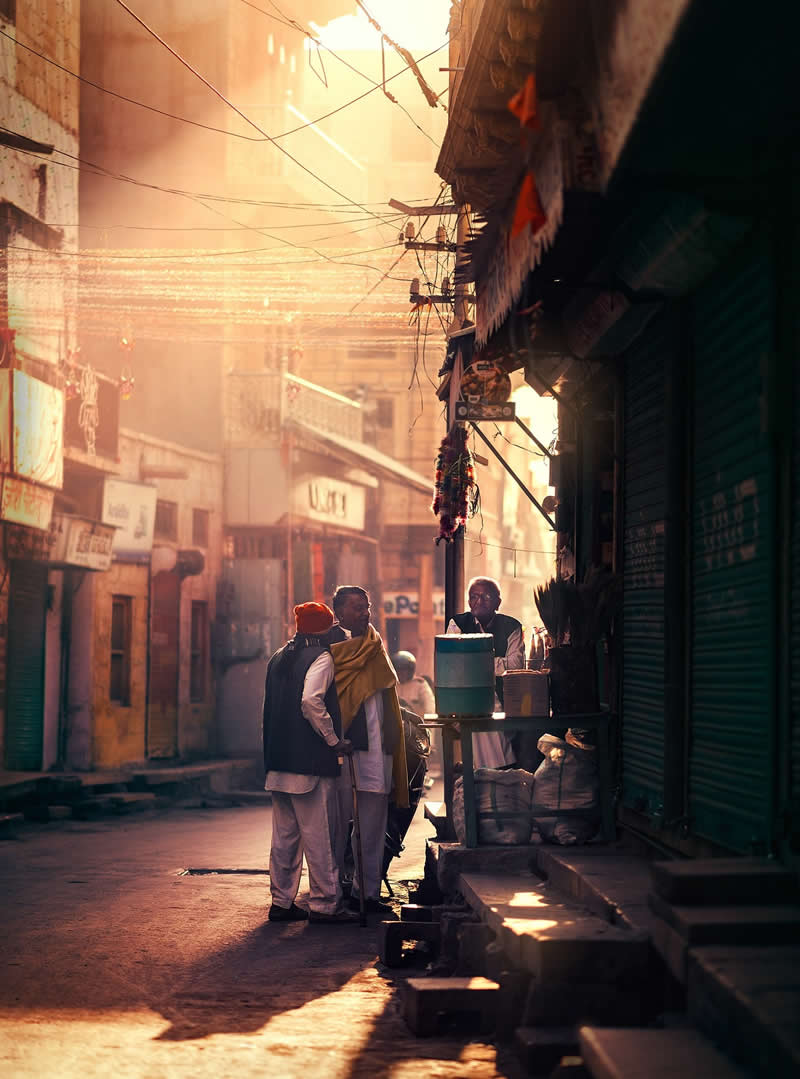
Light Shaping Architecture and Composition
Architecture can look flat without the right lighting, but Ashraful flips that problem on its head. He uses light to carve depth, texture, and dimension into buildings and street structures. Morning light creates subtle gradients across walls, while evening light casts long, dramatic shadows that naturally lead your eye through the frame. His compositions feel almost architectural themselves—precise, balanced, and layered.
The interplay of light and shadow helps guide viewers from foreground to background effortlessly. It’s like he choreographs the light to dance around the buildings. Even simple structures—corrugated rooftops, old brick walls, narrow alleys—turn into design elements when touched by the perfect ray. For Ashraful, architecture isn’t just scenery; it’s a canvas where light performs its best tricks.
#16
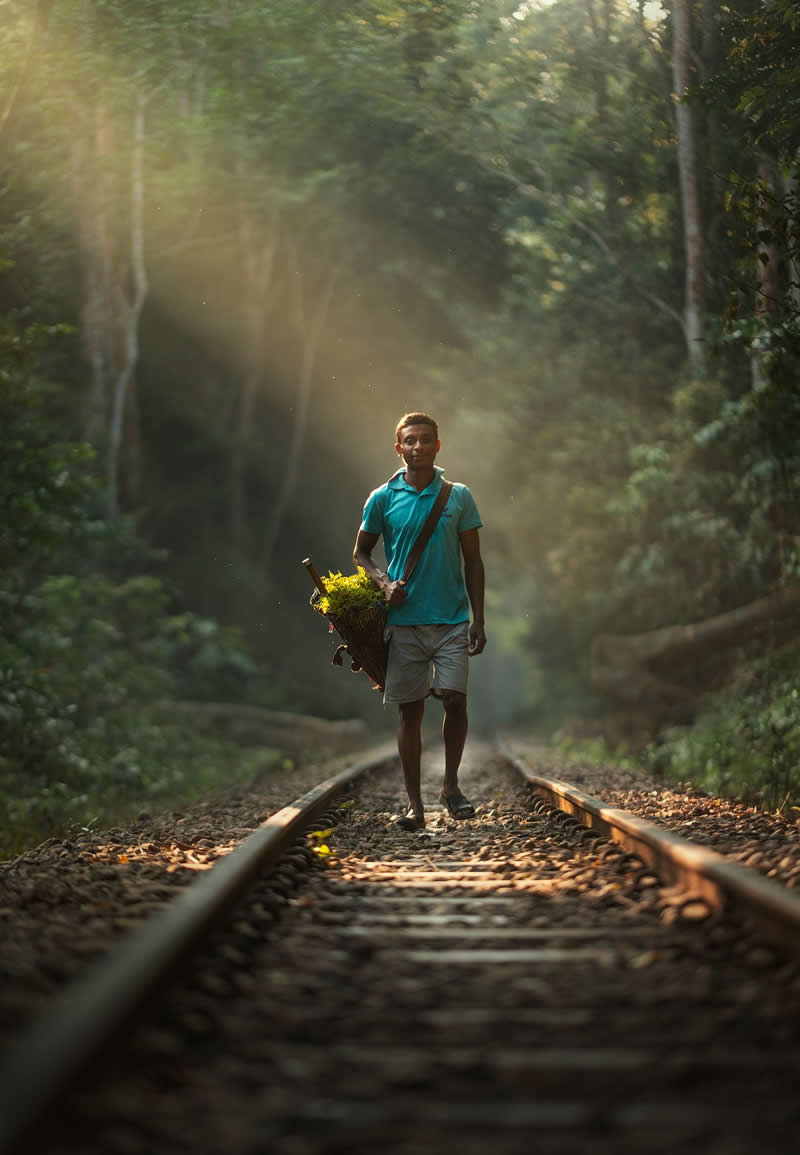
#17

#18
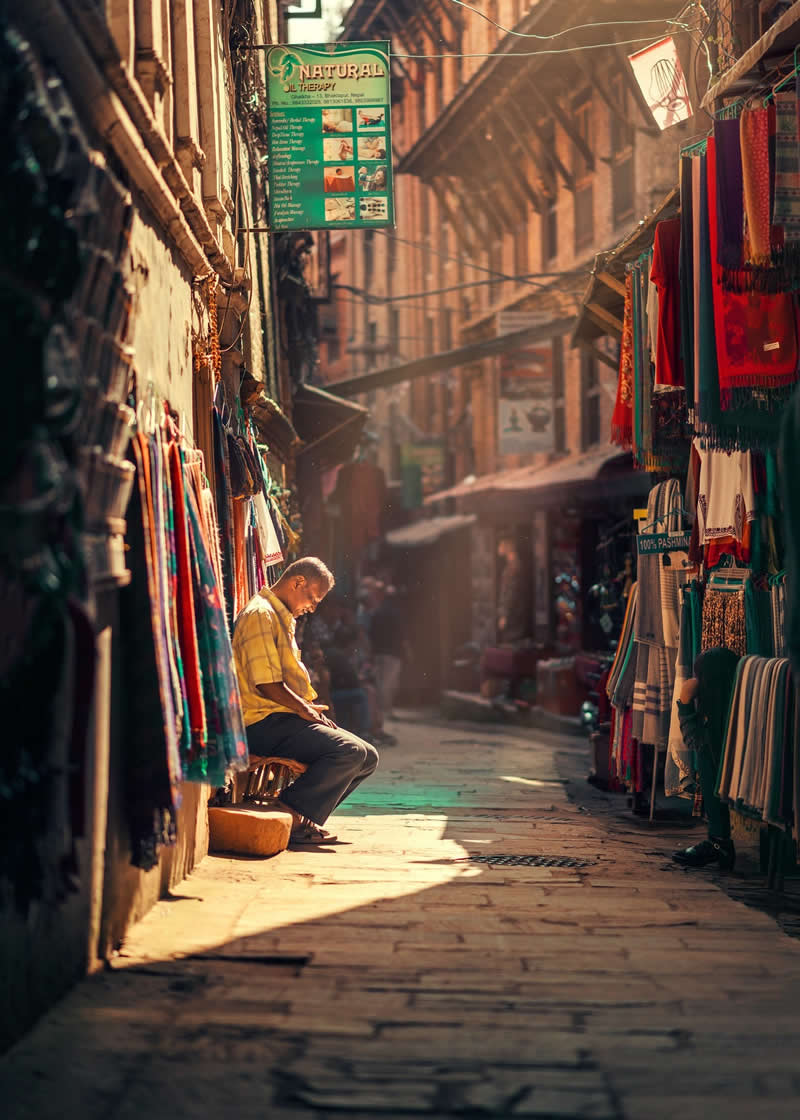
#19
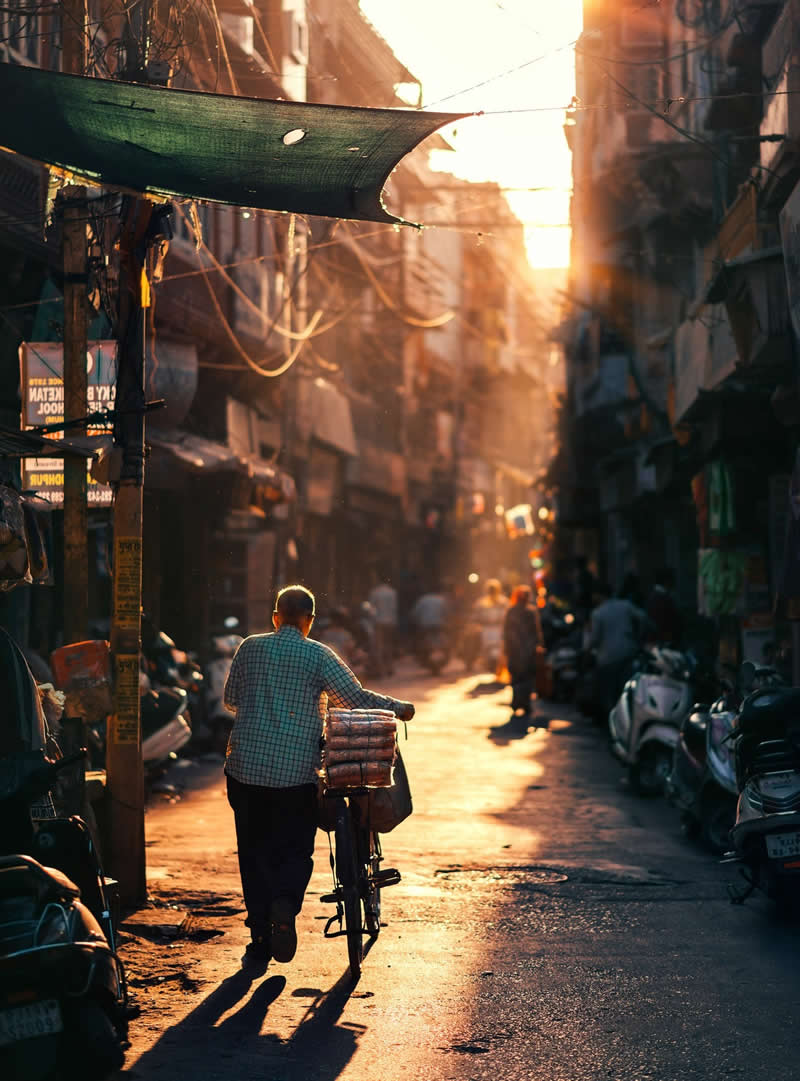
#20
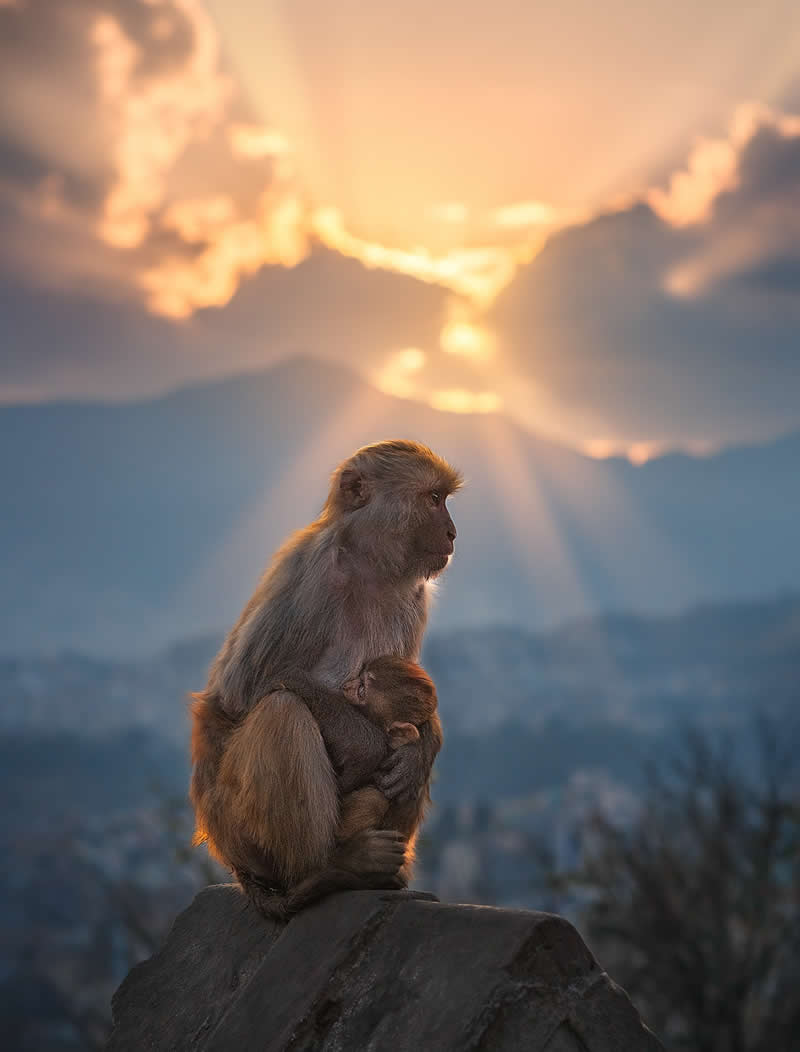
Capturing People and Culture Through Natural Light
People are the heartbeat of Ashraful’s photography, and the way he lights them makes them feel real, relatable, and full of life. Street vendors prepping for the day, elders walking through morning mist, workers hustling under soft shadows—all look alive with authenticity. Natural light wraps around their faces, highlighting wrinkles, expressions, and gestures that tell deeper stories than words could.
Ashraful never forces a mood; he lets the environment dictate it. When sunlight hits a subject just right, their personality pops. Their clothing becomes vibrant, their actions more expressive, their surroundings more meaningful. This use of natural light makes his portraits feel honest and human. It’s not about glamorizing people—it’s about honoring the everyday moments that define culture and community.
#21

#22
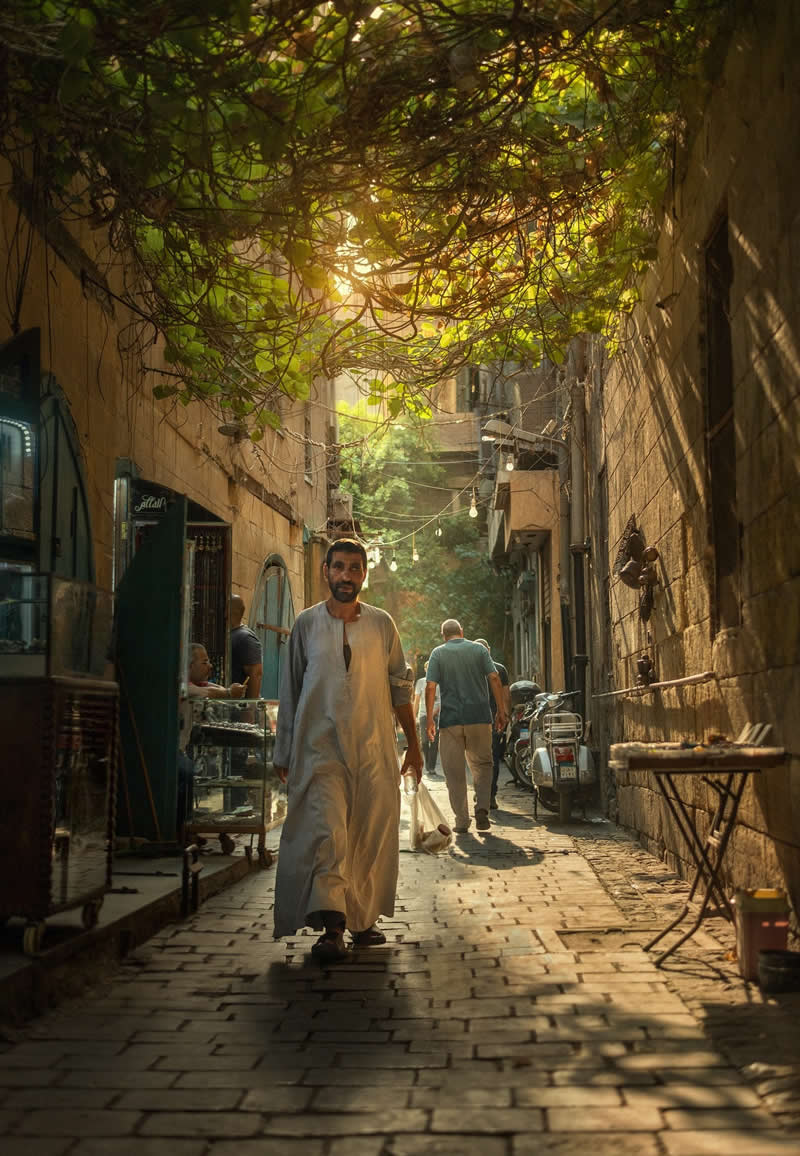
#23
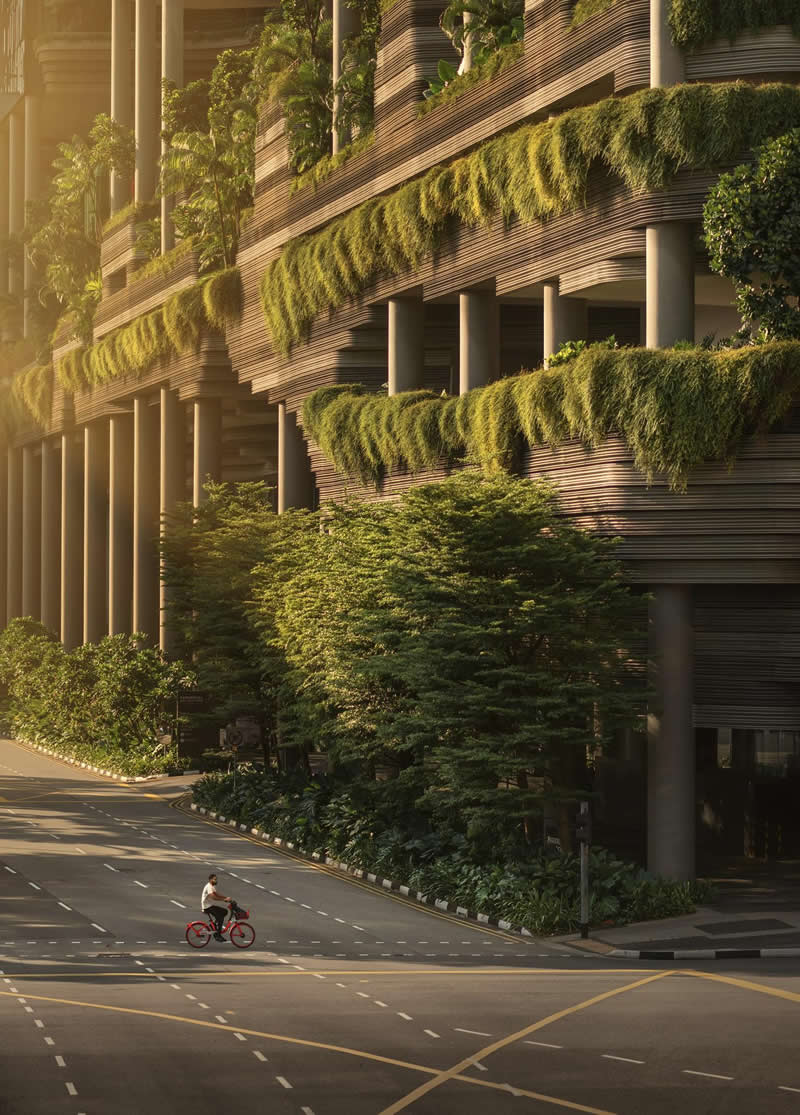
#24

#25
